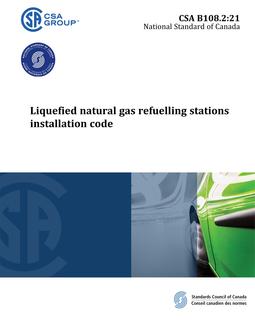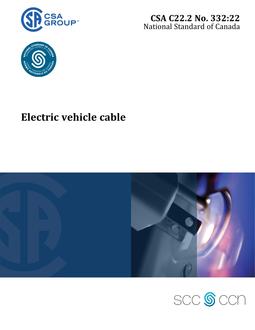Preface
This is the fourth edition of CSA C22.2 No. 232, Optical fiber cables. It supersedes the previous editions published in 2017, 2009, and 1988. It is one of a series of Standards issued by CSA Group under Part II of the Canadian Electrical Code. The following are major changes to this edition: a) deletion of types OFNH and OFCH from Clauses 3, 6.1, and 7.1; and b) addition of FT6 criteria (See Clauses 6.1 and 7.1). For general information on the Standards of the Canadian Electrical Code, Part II, see the Preface for CAN/CSA-C22.2 No. 0. This Standard is considered suitable for use for conformity assessment within the stated scope of the Standard. This Standard was prepared by the Integrated Committee on Control, Instrument, Communication, and Marine Cables under the jurisdiction of the Technical Committee on Wiring Products and the Strategic Steering Committee on Requirements for Electrical Safety, and has been formally approved by the Technical Committee. This Standard has been developed in compliance with Standards Council of Canada requirements for National Standards of Canada. It has been published as a National Standard of Canada by CSA Group.
Scope
1.1 This Standard applies to non-conductive optical fiber cable and conductive optical fiber cable intended to be installed indoors in non-hazardous locations in accordance with CSA C22.1, Canadian Electrical Code, Part I. This Standard provides performance requirements for products installed in accordance with Section 56 of the Canadian Electrical Code, Part I.
1.2 This Standard does not apply to hybrid optical fiber cables whose construction (excluding the optical fiber component) is covered in other applicable Standards of the Canadian Electrical Code, Part II.
1.3 The values given in SI units are the units of record for the purposes of this Standard. The values given in parentheses are for information and comparison only.
1.4 In this Standard, “shall” is used to express a requirement, i.e., a provision that the user is obliged to satisfy in order to comply with the Standard; “should” is used to express a recommendation or that which is advised but not required; and “may” is used to express an option or that which is permissible within the limits of the Standard. Notes accompanying clauses do not include requirements or alternative requirements; the purpose of a note accompanying a clause is to separate from the text explanatory or informative material. Notes to tables and figures are considered part of the table or figure and may be written as requirements. Annexes are designated normative (mandatory) or informative (non-mandatory) to define their application.
Product Details
- Edition:
- 4th
- Published:
- 08/15/2022
- ISBN(s):
- 9781488344336
- Number of Pages:
- 19
- File Size:
- 1 file , 580 KB
- Product Code(s):
- 2430181, 2430181
- Note:
- This product is unavailable in Russia, Ukraine, Belarus


